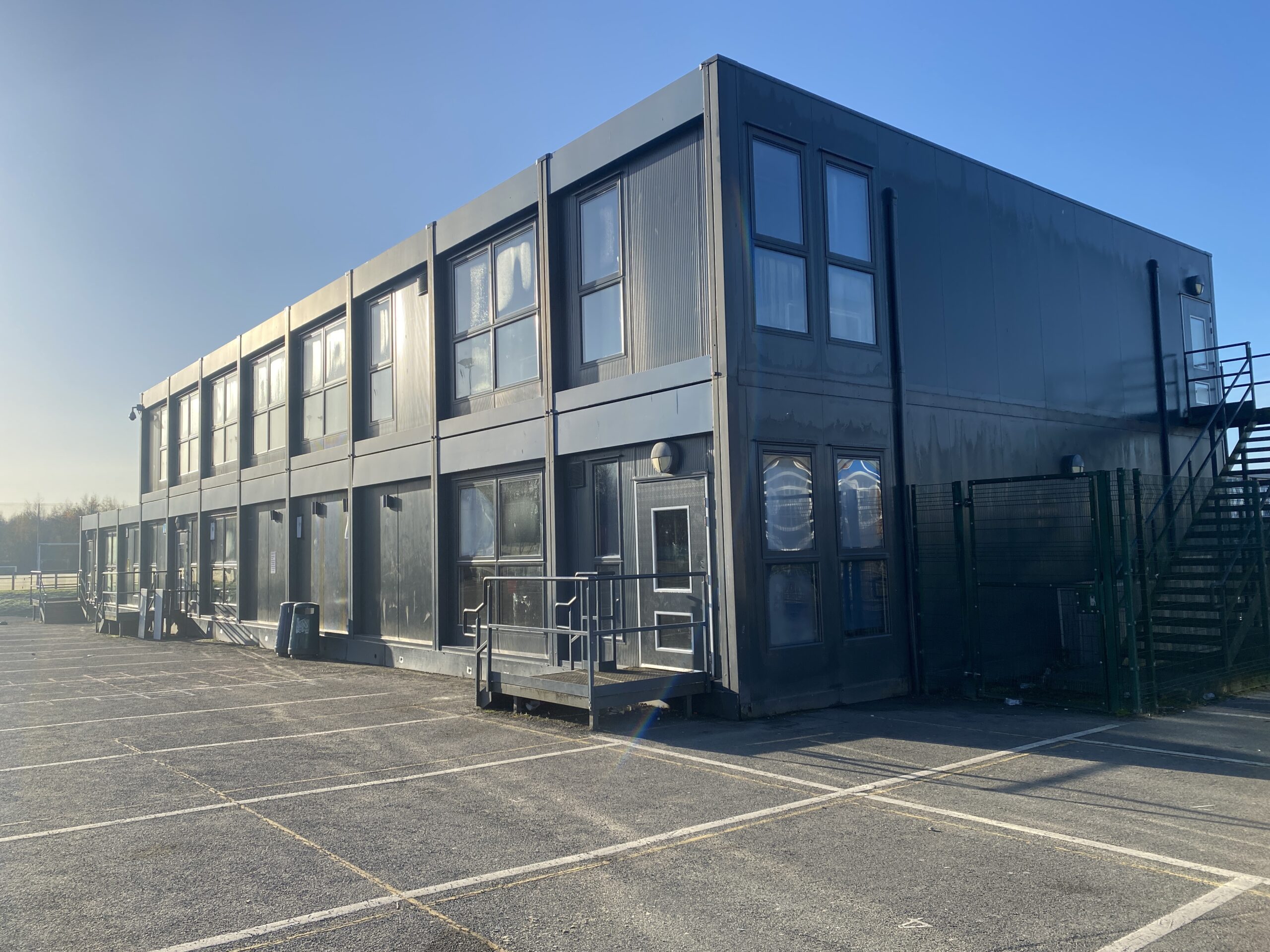 Add My Company
Add My Company

The former health secretary Matt Hancock has said that the UK is facing a ‘slow-burning crisis’ from the threat of asbestos that is still present in many of the schools and hospitals around the country. Despite the fact that the use of asbestos was banned in the UK in 1999, the toxic material still causes about 5,000 deaths a year.
Hancock made the statement in a recent article for The Times newspaper, which is running a campaign to remove asbestos from all educational and healthcare buildings. He commented: “There is no justification for any further delay in asbestos removal. We must address this crisis head-on and prioritise prevention as the key strategy for safeguarding public health.”
He added: “Even setting aside the human cost, the substantial cost of diagnosis, treatment and support for individuals affected by asbestos-related conditions is a drain on NHS resources. By investing in the removal of asbestos, we can reduce the number of victims and cost to the NHS.”
Exposure to asbestos fibres can cause mesothelioma, lung cancer, and asbestosis. However, according to The Times, at least 21,500 schools with asbestos are still open today, while about 90% of UK hospitals contain asbestos. The problem is made even worse in schools by the widespread use of ‘crumbling concrete.’
This is a lightweight aerated concrete, also known as reinforced autoclaved aerated concrete (RAAC), that was widely used as a roof building material from the 1950s to the 1980s. It is much less strong than regular concrete, and was only designed to have a lifespan of 30 years.
However, many public buildings, including schools, hospitals, council blocks, court buildings, police stations, and office blocks that contain RAAC are still in use today. Experts have warned that a sudden collapse of a roof not only presents the risk of mass injuries, but can also cause the release of dangerous quantities of asbestos.
Matt Byatt, president of the Institution of Structural Engineers, said: “RAAC can deteriorate over time and cause sudden loss of structural integrity. The worst-case scenario is a partial collapse of an element of the building that’s constructed with RAAC, and in that collapse process it also releases asbestos fibres.”
The lack of proactive measures could lead to many more unnecessary deaths, experts warn. While the cost of safely demolishing and replacing the affected buildings is cited as a factor for the lack of positive action, in the long term to bill to the NHS in increased healthcare costs from asbestos related conditions could far outweigh investment in new buildings.
One solution could be a more extensive use of modular buildings in schools and hospitals. Premium portable buildings are already a popular choice both as extra classrooms and to create more healthcare facilities.
They often cost significantly less than traditional bricks and mortar buildings and are therefore ideally suited for public sector organisations who have restricted budgets. The construction timescales are also far shorter than traditional building methods, with a modular building taking a few months or even just weeks to complete.
The majority of the building is manufactured off-site from high-quality modern materials, meaning that construction is not subject to delays caused by materials or labour shortages, or bad weather conditions.
Modular buildings are easily adaptable to a number of uses, and can be added to with multiple storeys or adjoining buildings as and when required. They can also be easily relocated to different sites, ensuring that they provide a good return on investment.
Chris Goodier, a professor of construction engineering at Loughborough University, warned that there could be a million planks of RAAC in public buildings. He told The Times: “Think of the breadth of the public sector — it has all got some.”
Adrian Tagg, associate professor of building surveying at the University of Reading, said: “It’s a really big issue. It is the nature of construction and safety that we always seem to be reactive in what we do.”
“Look at the way we have reacted about cladding post-Grenfell. These issues come back to roost. It goes back to the Great Fire of London in 1666, when there was a sudden move away from timber as a building material and towards brick. We are always reactive rather than proactive.”
Portable buildings are often seen as a temporary solution, but thanks to modern technology they can now endure as permanent structures. They are also highly energy efficient, saving on fuel bills and reducing the carbon footprint of the organisation.
If you have any questions about portable building financing, please contact us today.
For more information on Why Modular Buildings Can Help The UK’s Toxic School Crisis talk to Cabinlocator Ltd

